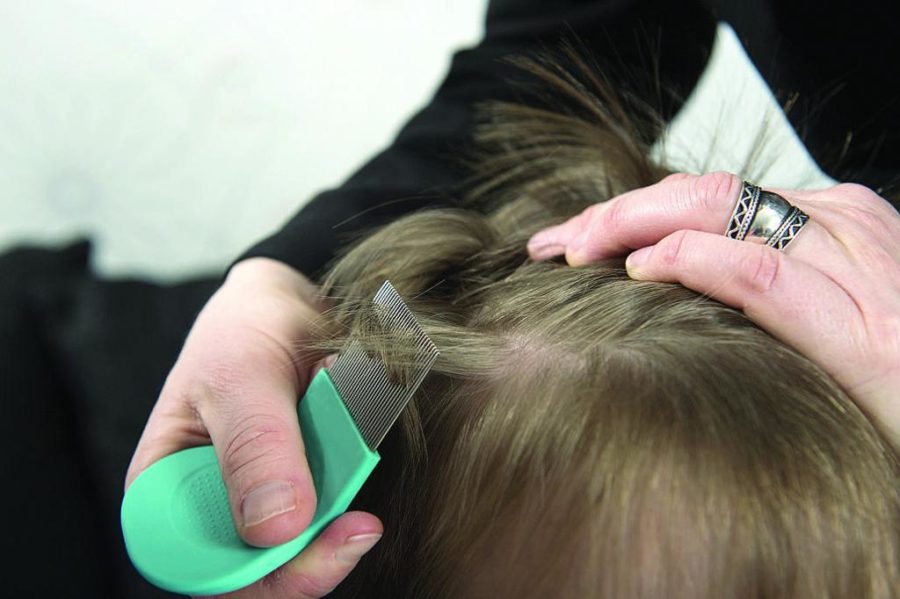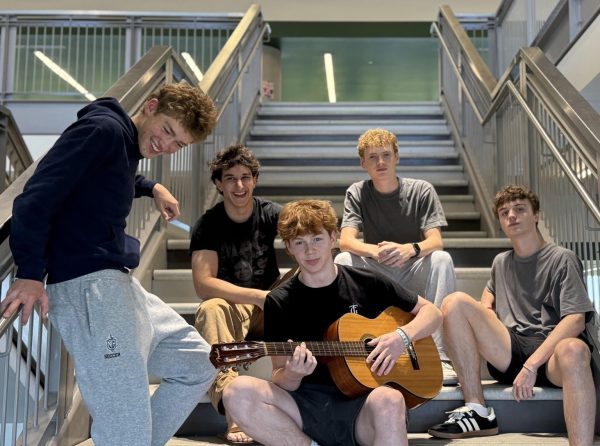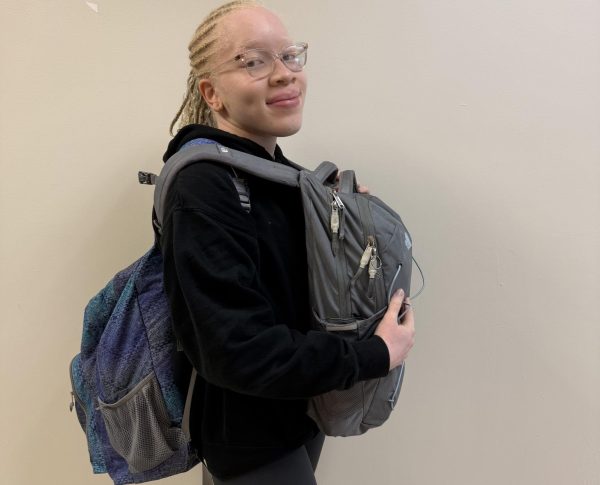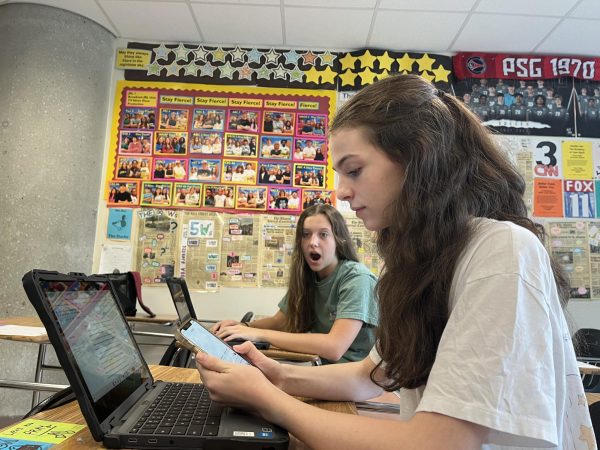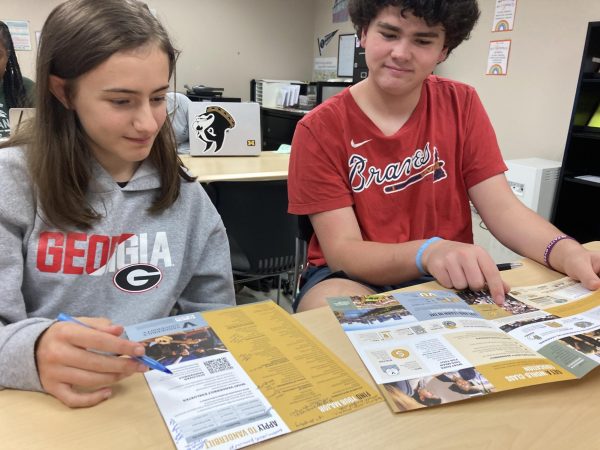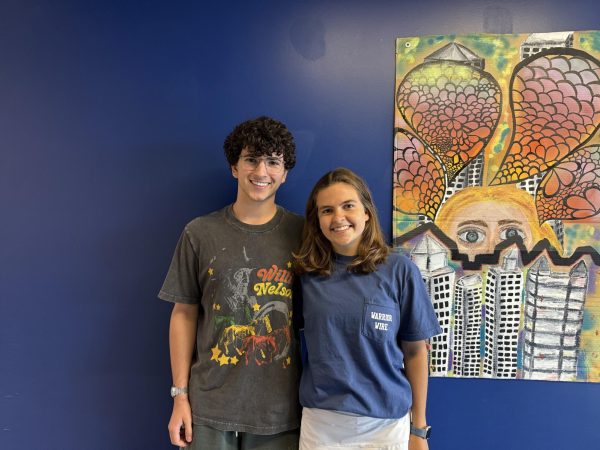The Newest Epidemic of Superlice Around Atlanta
Itching for Answers: Schools around Atlanta -and even the entire country- battle with the newest threat of superlice.
Every former elementary schooler remembers the glory days where a nurse would examine their scalp for lice in the classroom or the hallway with a popsicle stick or gloved fingers. Lice itself has been an epidemic in America for decades. These small, wingless bugs have been a pain since ancient Egypt, where citizens would shave their heads to relieve the chronic itch.
For the lucky few who’ve managed to avoid run-ins with lice, the pests invade your head and suck blood from your scalp for sustenance, leaving tiny, itchy, open sores on your skin. Many students at North Atlanta have had to have their share of trips to the nurse. It’s an unpleasant experience, but luckily one that’s easily solvable with a quick trip to the drugstore.
But not anymore.
In an alarming recent scientific study, 95% of lice collected from our 48 states were superlice. Superlice are lice that are resistant or even immune to antibiotics, and are considered a fairly recent phenomenon.
Basically, the lice who managed to live despite one’s scalp being treated ended up mating and laying eggs in the scalp. Those eggs, when hatched, were even more resistant to the treatments. And then those lice would mature and mate and hatch even stronger eggs, and so on. This process has been able to unfold so quickly because of lice’s very short life span, meaning they mature and mate quickly upon hatching.
This risk is made greater if a North Atlanta student has younger siblings. Younger children, especially those in elementary school, statistically have the most cases of lice, and in recent years, superlice.
Theoretically, if one NAHS student gets lice, and they spread it to one other student through close contact, sharing a hairbrush, or other methods of contact, the amount of students with lice has doubled and will theoretically continue to double. Lice is hard to get rid of, and a hassle with NAHS students’ busy schedules.
However, there is still hope. Students can prevent lice by keeping their hygiene in order (shampooing regularly), not sharing sweatshirts or hairbrushes, and noticing quickly if their scalp begins to feel itchy.
Let’s hope for a strong end to the school year for all NAHS students, and not the pesky ordeal of lice.


